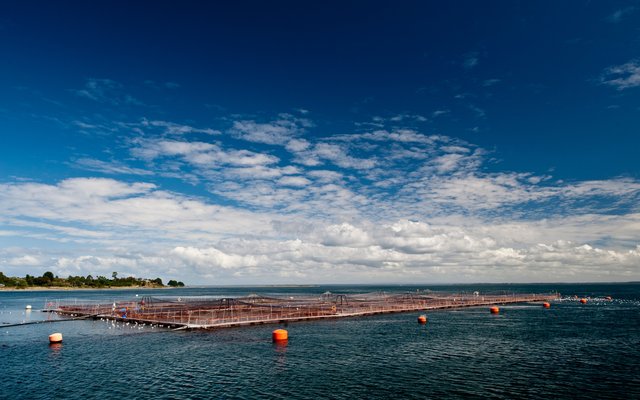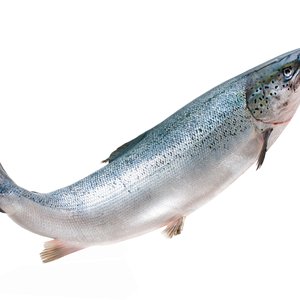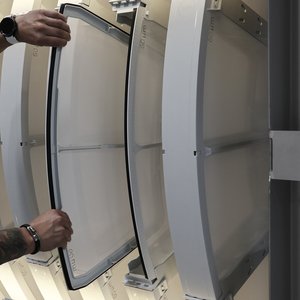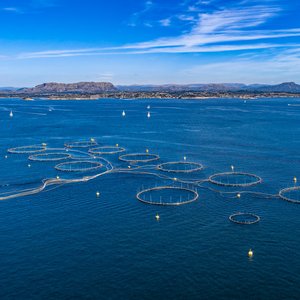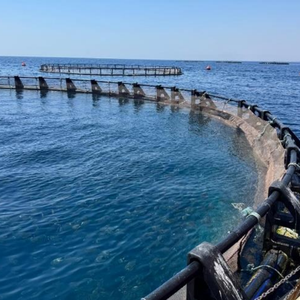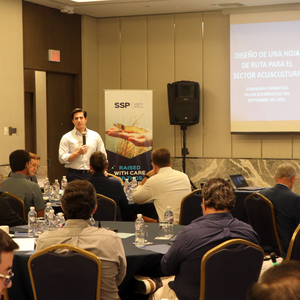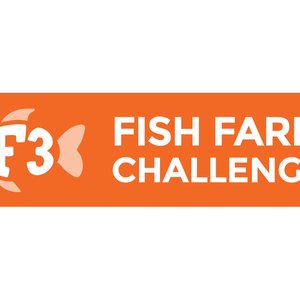A scientific study conducted by a scientific group of SalmonChile within the framework of the Science Plan of the Salmon Technology Institute (INTESAL) has provided compelling evidence of the limited reproductive capacity of Atlantic salmon in the aquatic ecosystems of southern Chile, providing essential information for the responsible environmental management of Chilean salmon farming.
The research, carried out by a multidisciplinary team of scientists from the Catholic University of Temuco, involved exhaustive fieldwork in various rivers and lakes from Araucanía to Magallanes, analyzing the reproductive behavior and establishment of salmonid populations in the wild. The study, unprecedented in its territorial scope and scientific depth, sought to determine whether specimens that eventually escape from farms can form self-sustaining populations in the wild.
The results were conclusive: no sexually mature Atlantic salmon specimens were found in any of the studied water bodies, nor were any embryos or fry of this species detected through genetic analysis. The research showed that, although Atlantic salmon can complete their sexual maturation, females fail to spawn effectively in the aquatic ecosystems of southern Chile, which explains their low colonization capacity despite more than a century of introductions and eventual escapes.
Felipe Tucca of INTESAL added: “The evidence collected allows us to better understand the reproductive behavior of wild salmon in southern Chile. We observed a low presence and reproductive capacity of farmed species, while the majority of specimens correspond to other non-target species. This information is key to strengthening prevention, monitoring, and response strategies in the face of escapes.”
Iván Valdebenito, principal researcher of the study, explained: “The absence of sexually mature Atlantic salmon spawners and scientific reports of adults with a very low Condition Index demonstrate that these specimens have difficulty capturing their food in the wild. Furthermore, there are environmental factors that prevent females from reaching the physiological condition necessary for spawning, which ultimately hinders their reproduction in the wild.”
For coho salmon, the situation is different. The study identified that this fish does have sexually mature individuals in specific areas such as the Villarrica and Llanquihue lakes, with good-quality gametes and characteristics similar to fertile farmed specimens, confirming their greater potential for establishing themselves in the wild. A total of 12.8% embryos and 24.9% fry of this species were found, primarily in the Magallanes region, where a feral population has existed since the 1970s.
Overall, the research determined that the highest proportion of embryos and fry found in rivers corresponded to rainbow trout (39.8%) and Chinook salmon (31.2%), species that have historically shown a greater capacity for naturalization in Chile.
Tucca concluded: “These results reinforce the importance of continuing to develop coordinated actions between science, industry, and authorities for environmental contingency management, in line with regulatory requirements and the sustainability standards of Chilean salmon farming.”


